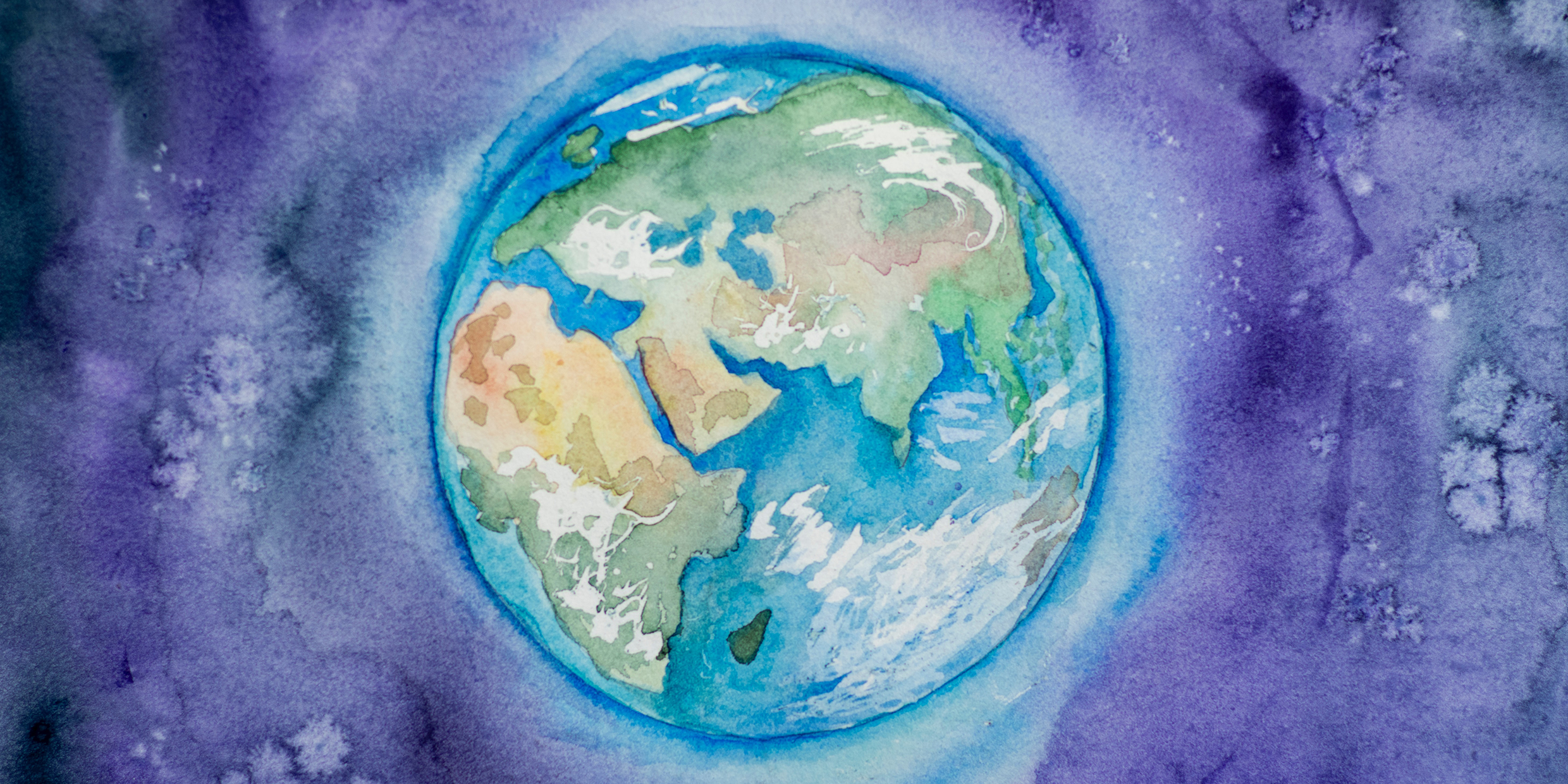Originally published 14 November 2000
Two weeks ago I attended a meeting of nature writers who had gathered to consider the relationship between ecology and spirituality, convened by the Forum on Religion and Ecology.
During the course of our conversations, we were treated to expositions of Buddhist and Native American cosmologies. There is much within both traditions that our group found attractive, even potentially redemptive.
For example, Buddhist cosmology expresses solid links between the heavens, Earth, and humankind. No part of the triad can be considered in the absence of the others. Between the macrocosm of the universe and the microcosm of the human body, Buddhist philosophy posits many correspondences that serve to integrate men and women into the greater world.
Native American wisdom, too, celebrates a dense web of connections that bind humans into a fabric of creation. Each plant and animal has a place in a scheme of things that can bear no gap or absence. Each is part of a Great Spirit who speaks through earth, air, fire, and water, binding and consolidating.
Both traditions place great emphasis on cosmic unity and harmony.
Conservationists and nature writers within the Western tradition generally react with enthusiasm to these Eastern and Native American ideas, for they seem to offer a view of wholeness that is essential if we are to save the planetary environment from disintegration.
We forget that Buddhist philosophy did not save the Chinese from occasionally inflicting terrible cruelties upon each other and their neighbors, and that Native Americans existed in an almost constant state of warfare with each other before the coming of Europeans. The first peoples who entered the North American continent after the last Ice Age may even have been implicated in the greatest extinction of large animals since the asteroid impact that wiped out the dinosaurs.
All of us — Eastern, Western, Native American — seem to participate equally in the virtues and vices of the human condition. It is technology that generally decided who wreaked the greater havoc on the human and nonhuman environment, not any intrinsic degree of goodness or badness.
But surely cosmologies based on wholeness can reinforce good behavior? Yes, but let’s not forget that 500 years ago Western Europe embraced a cosmology similar to those of Buddhists and Native Americans. As I listened at the conference to an exposition of Buddhist philosophy, I was struck by the similarities with “The Elizabethan World Picture,” which I learned in college from a little book of that name by the literary scholar E. M. W. Tillyard. This is the cosmology that informs the writing of Shakespeare, Donne, and Milton, and that gave our late-medieval ancestors a coherent sense of their world.
In the Elizabethan world picture, a great chain of being links all creatures from God to the lowest dregs of earth. Every creature has a proper place in the chain. Between the macrocosm and the microcosm there are many correspondences: between the seven planets, for example, and the seven holes in the human head. Earth, air, fire, water, heat, cold, dry, moist: all must be in balance, in both the big and little worlds, if the cosmos is to function properly.
“Take but degree away, untune that string, and hark, what discord follows,” writes Shakespeare.
Of course, the late-medieval European view of cosmic harmony didn’t stop Europeans from killing each other, or from lopping off the heads of Saracens with gleeful abandon. Nor did it stop the Black Death from periodically ravaging the population. What finally stopped the Black Death, and what gave rise to whatever peace and tolerance we are presently able to muster, was not the Elizabethan world picture, but the Scientific Revolution and the Enlightenment.
Out of the scientific world view is emerging something that might be called the ecological world view. It is not human-centered, but it does embed humankind in an unfolding tapestry of more-than-human meaning. Like the world views of Buddhists, Native Americans, and late-medieval Europeans, it offers a vision of cosmic harmony, grounded in the evolutionary structure of the universe itself.
No one at the conference argued that we should bring the Elizabethan world picture out of mothballs, even as we extolled the relevant virtues of similar cosmologies from other cultures. We came to the conference in airplanes and automobiles, with our laptop computers, our teeth, and our generally good health. We willingly embrace the fruits of Western science and technology, even as we hanker for a simpler, more coherent life.
Can we have it both ways — the Great Spirit and the world machine? Whatever the future will bring, it won’t be a re-creation of the past. We can learn from the wisdoms of earlier world cultures, but scientific knowledge of ecological and planetary systems, along with the universal Golden Rule, will be our best guide for shaping a harmonious future.



